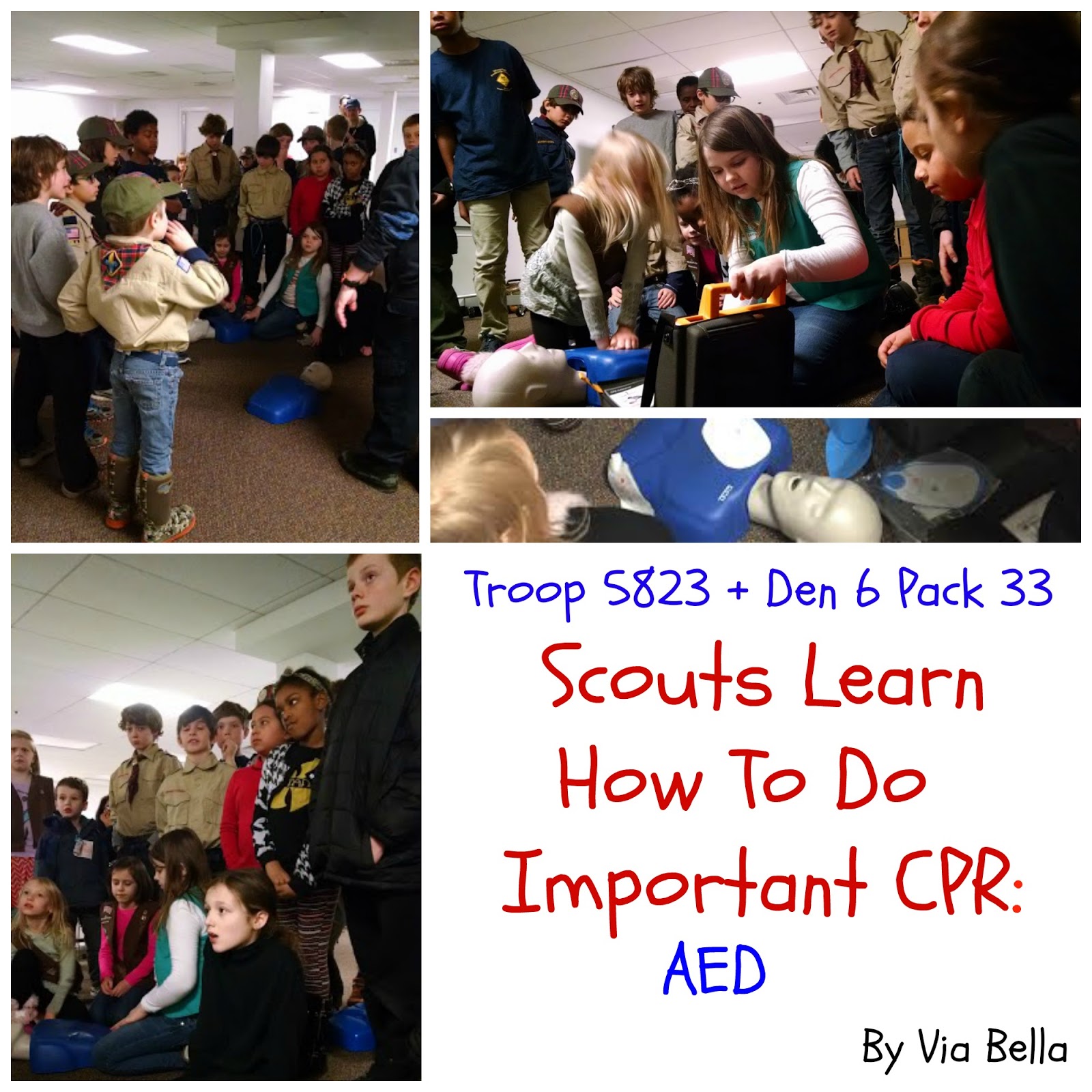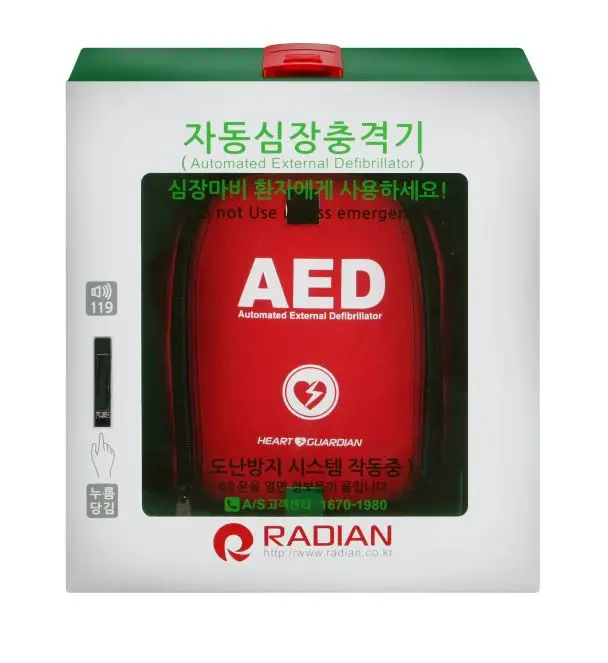
If their chest still doesn’t rise, check if they’re choking and remove the object if there is one. If their chest doesn’t rise, re-tilt their head and deliver another rescue breath. Blow into the person’s mouth so their chest rises. Pinch their nose shut and place your mouth over their mouth to form a seal.

Tilt back the person’s head and lift up their chin. Here’s a link if you don’t know the song lol. A good rule of thumb is to think of the song, Oh! Oh! Oh Oh! Stayin alive, stayin alive. Chest compressions should be 2 inches deep and at a rate of 100 compressions per minute. Perform 30 chest compressions: Use your body weight to push hard and fast.Keep your elbows straight and lean over the victim so your shoulders are directly above your hands. Position your hands: Place the heel of one hand at the bottom of their breastbone, just between and below the nipples, and place your other hand on top (it may help to clasp your top hand’s fingers between the fingers of your bottom hand).If there is no pulse and no breathing, begin CPR.Remove anything you see stuck in their throat. Check for a pulse, bring your ear just over their mouth, and feel/listen for breathing.With the victim lying on their back, tilt back their head and lift up their chin.Have a bystander call 911 and find an AED.Firmly shake the victim’s shoulder and shout, “Hey, hey, are you okay?”.By keeping oxygen moving throughout the victim’s body, you’re preventing organs from sustaining excess damage. Your goal is to provide emergency first aid while medics are still away. It’s important to note that while CPR may not “revive” a victim, it’ll help improve their outcome. By blowing air into their lungs, you’re giving them an oxygen supply.įact: Did you know that brain can only go a few minutes without oxygen until permanent damage begins to occur? However, studies show that deep chest compressions improve blood flow to the brain, significantly delaying the onset of damage! Giving rescue breaths is you breathing for the victim since they can’t breathe on their own. The second part of CPR is lung function, which is covered by rescue breaths.

This is crucial because every organ in the human body needs oxygen to function. When you repeatedly press on the heart, you create “heartbeats” so blood can continue to circulate and deliver oxygen to organs.

(maybe cut) The Purpose of CPRįirst up is heart function, which is managed with chest compressions. At the end of this article, I’ll also be giving more details about academic tutoring if you’re looking to ace that biology class or your AP Biology Exam! Just be sure to ask a parent first. Stay until the end to learn what my instructor taught me, which includes info you won’t find just anywhere. So, in this article you’ll not only be learning fundamental CPR and AED skills - we’ll also be covering vital biology knowledge as well! If you’re wanting to go into the medical field, this is a great way for you to get your feet wet and learn how lifesaving methods affect the human body. Plus, she runs, has a degree in biology, and extensive tutoring experience, so I though she’d be the perfect person to explain this useful topic to you!Īlso, here’s an advanced medical tip… If you or a victim suspects symptoms of a heart attack, chew and swallow an asprin - this will thin your blood and slow down clotting, delaying the heart attack’s onset! Chewing is the key here, as that gets the asprin into the blood stream faster.

I actually asked my good friend Phoebe to write this article since she’s medically trained and CPR/AED ceritfied. However, with this knowledge, you’ll be able to make the worst outcomes far less likely! Having CPR ( cardiopulmonary resuscitation) and AED (automated external defibrillator) skills are one of the best ways that you can be prepared to save lives! It’s a scary thought, but most people who go into cardiac arrest without receiving CPR don’t make it.


 0 kommentar(er)
0 kommentar(er)
